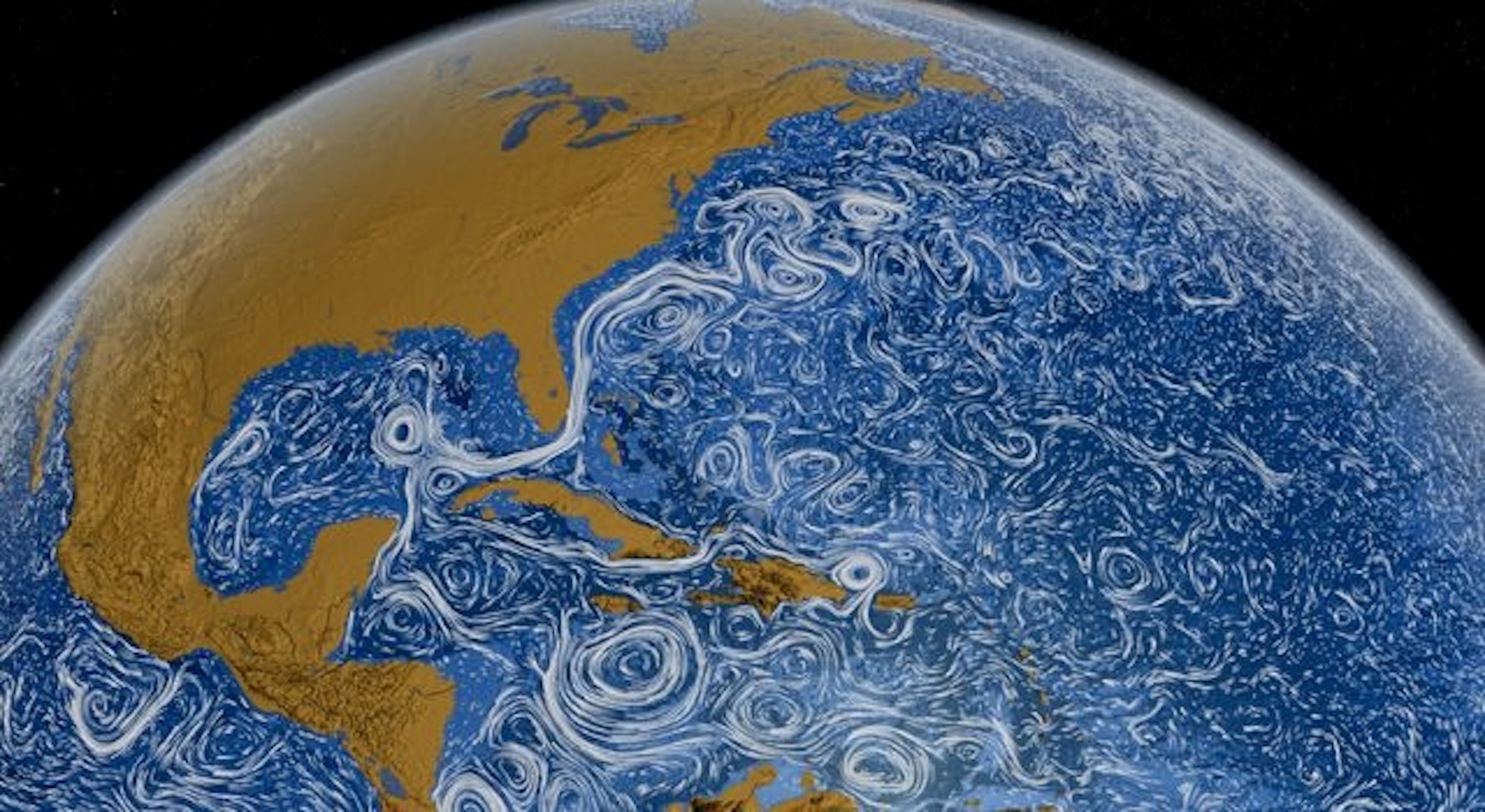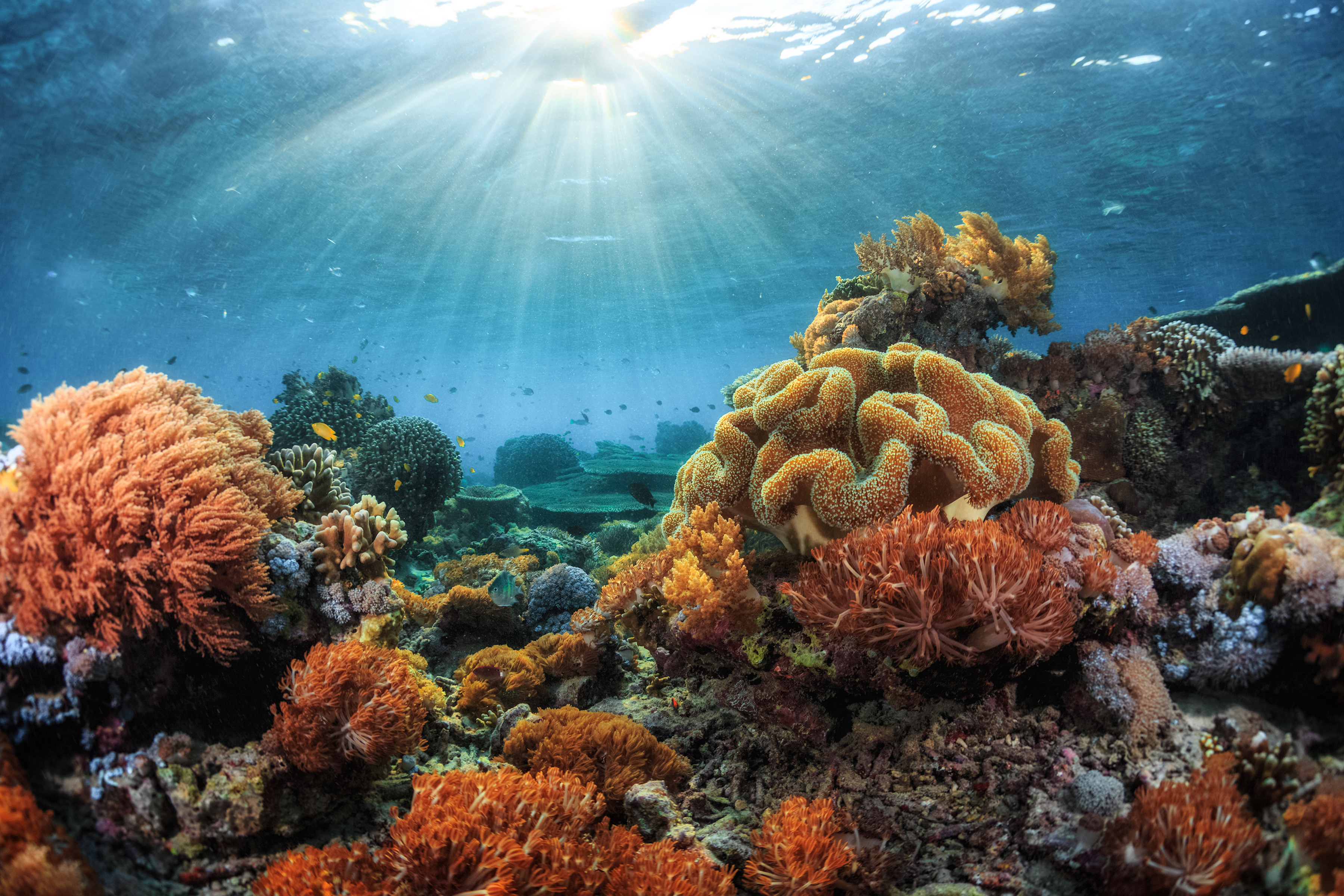Researchers at the Oden Institute for Computational Engineering and Sciences at The University of Texas at Austin are simulating oceanic weather with greater accuracy than ever before.
Published in the Journal of Advances in Modeling Earth Systems, their findings allow mesoscale eddies — chaotically unpredictable swirls of seawater — to factor into global climate models.
Known by sailors for centuries, mesoscale eddies are challenging to represent in global ocean simulations. The reason? Most are about 100 kilometers wide while most global climate models are about 10,000 kilometers in scale — the difference is the length of a road trip from Chihuahua, Mexico, to the North Pole.
“When you’re modeling climate, you’re working on a scale so large that most major cities cannot be captured,” said lead researcher Sina Khani. “Mesoscale eddies exist in smaller scales. It is very computationally expensive, even impossible, for a global simulation to resolve them all.”
For reference, a model capable of showing Planet Earth down to its individual whirls of seawater would use more storage memory than currently exists across the world.
“Because mesoscale eddies are important in ocean transport, but very expensive to resolve in a climate model, we need to parameterize them, meaning providing an approximation to what’s really happening,” said Clint Dawson, who collaborated with Khani on this project.

